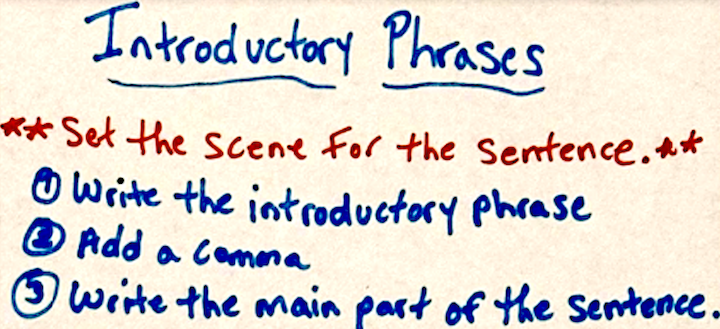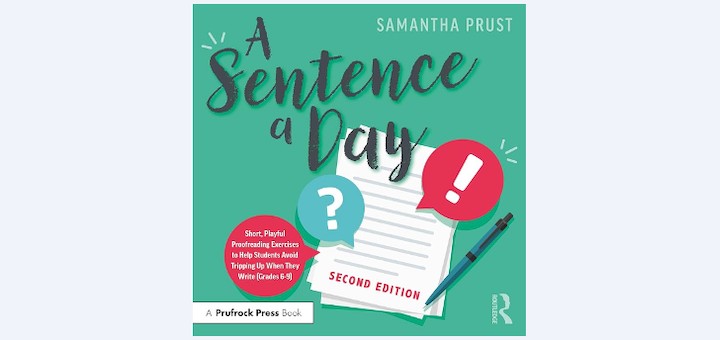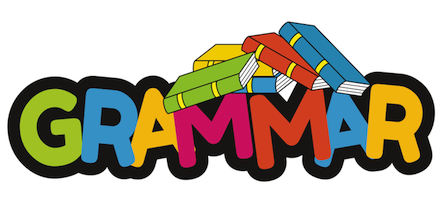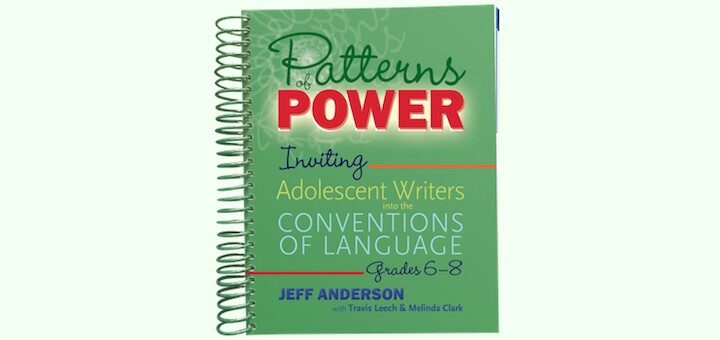Welcome the FANBOYS Grammar Fan Club
Grammar instruction has barely changed since our grandparents were in school. It’s time to flip that script. ELA teachers Patty McGee and Tim Donohue share fun, effective techniques to help students evolve into grammar rock stars. Welcome to the FANBOYS conjunction fan club!























